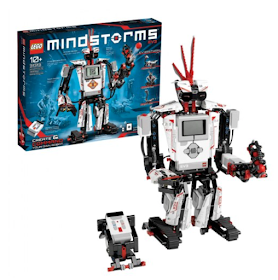https://www.space.com/when-did-the-universe-wake-up.html
We agreed on one topic, which was the universe and planned three activities using Augmented Reality, stop motion and robots. Similar to the project we did with the students that came over to our faculty before the pandemic started. Sadly we cannot do these activities with students this semester, but once we are teachers we might use them in class! :)
We thought we could be the most effective if we divide into 3 groups, one for each activity. I asked members of each group to give me a summary on how they planned and communicated.
https://es.123rf.com/photo_111923710_stock-vector-group-of-pupils-vector-school-discussing-brainstorming-talking-communication-mix-race-chat-bubbles-f.html
I'll be starting with the Augemented Reality:
The AR group focussed on the solar system. First of all, they looked at the official standards of primary education and agreed on focussing on 5th grade. They looked at different tools and choose the app "The amazing space journey".
Also, they made a videos to visualize the project and make it more approachable.
https://www.youtube.com/watch?v=GWxFalQNNSM
Then they started planning the activity and divided it into 5 sections which are:
1. Augmenting my system
2. Getting to know my system and seasons
3. The hidden face of the moon
4. Our solar system book
5. My own solar system
Alicia did an amazing job in explaining what exactly the students to in which step, so you should go and check it out!
Now I'm going to talk about the robot group. Carlos gave me a summary of how they proceeded:
 |
They also looked at the official standards of primary education for this subject.
First of all they will be giving a scientific introduction to the activity, so the students get a rough idea what they will be working on.
Then they will continue with the following steps for the activity they planned:
1. Designing our own moon rover
2. Building time!
3. Fueling the motor for takeoff
Carlos also did a really good job in explaining how exactly each step works, so go find it on our blog! :)
 Finally I will give a summary of what the group I was in, the Stop Motion group did. First of all, we made a WhatsApp group to talk about what to do and Alex and Ben had the idea to explain the different phases of the moon using stop motion.
Finally I will give a summary of what the group I was in, the Stop Motion group did. First of all, we made a WhatsApp group to talk about what to do and Alex and Ben had the idea to explain the different phases of the moon using stop motion.To do this we would be using different objects made by children and their parents. Same as in the other two groups, we would start off with giving an introduction to the topic so the kids know what the activity generally is about. Afterwards, we would start with the production of the objects the kids make. There would be different roles: directors, producers, camera men, sound technicians, scriptwriters and decorators. When the whole project is finished, the class can perform the play they created infront of the parents.
We devided the work into two parts: Celia and I did the theoretical part, which means we wrote down the topic, the main goal, the age/course, a diagram of the sequence and the duration / hours per week.
Ben and Alex created the stop motion video.
https://www.youtube.com/watch?v=eQbh6kr7LCs&t=36s
Thanks so much for reading my post! See you! :)




No hay comentarios:
Publicar un comentario